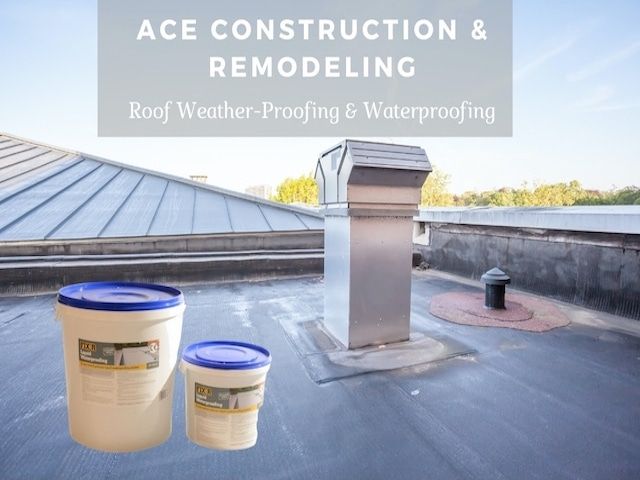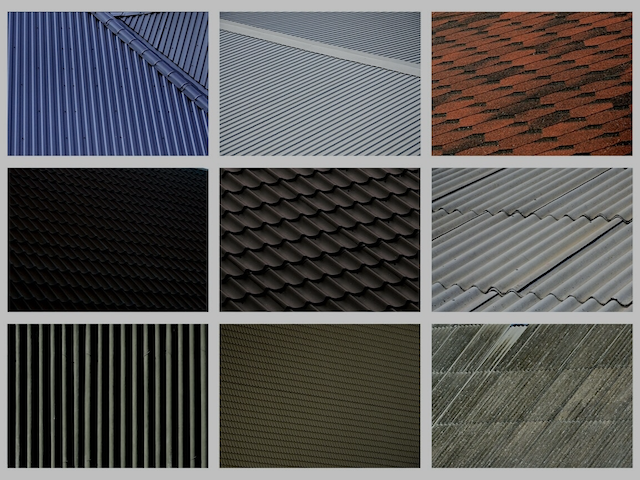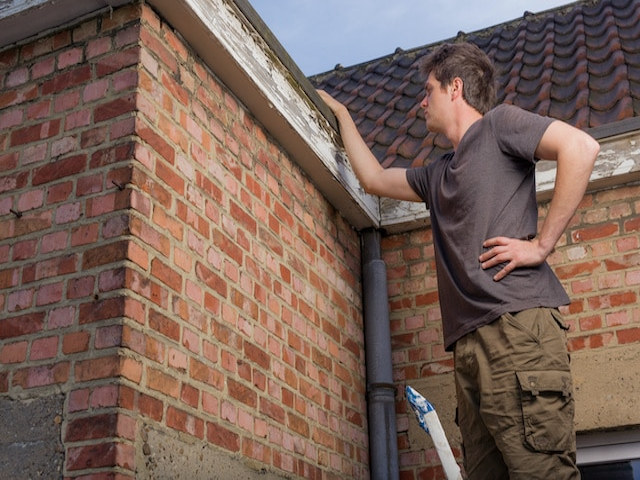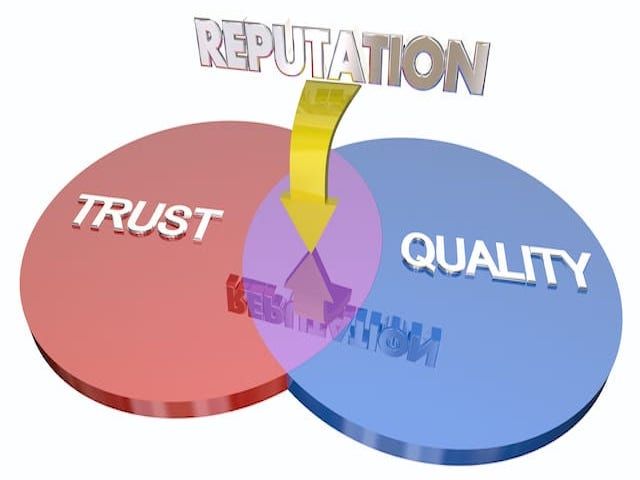Rain, Sleet or Snow: Weather-Proofing Your Roof
A functioning roof installed by expert roofing is one of those quiet reassurances that we rely on every day – rarely do we tend to notice it at all, at least until something goes wrong. And to keep such issues at bay, this requires some planning ahead.
Part of guaranteeing a long-lasting roof that will serve you well for years to come (or even decades) is ensuring it’s been properly modified to withstand the elements. In other words, weather-proofing your roof is a must.
Early weather-proofing investments will spare you the headache of later – and likely longer – construction commitments to your roof. Repairing a hail damaged roof, for instance, will cost you much more than the preventative measures to strengthen your roof before a storm hits. In fact, post-hurricane studies have shown that the overwhelming majority of insurance filers following severe weather pertained to roof damage. (Other studies reveal that such prior roof damage could then result in severe water damage in subsequent rainstorms.)
Weather-proofing your roof will reward you with its extended strength and lifetime. Whether you plan to do it yourself or hire a contractor, use this guide to help you correctly weather-proof your roof.
Weather-Proofing Your Roof: On Your Own
Inspect for damage. Assess the state of your roof: check for loose or missing shingles, and other signs of damage. Gaps in the shingles that expose the underlayment (exactly how it sounds: the underlying layer) to the elements will hasten its decay. If you later decide to call up a professional roofing contractor, you may still choose to forego a roof inspector. That first evaluation step you can do more easily on your own.
Warning: Working on a roof can be dangerous. For your safety we do not recommend this and encourage you to hire licensed and trained professionals like Ace Construction & Remodeling roofing experts.
Note what can be revamped, and what will need replacing. If some shingles are older but still functional, they can be weather-proofed to prolong use. (Older shingles that have brittled are not safe for further layering, and are pointless to waterproof, replace them when necessary.)
Waterproof your roof. This can be done one of two ways: waterproofing under the shingles, or waterproofing over them. If you’re investing in a new roof installation or replacing an old one, you’ll want to waterproof under the shingles. Including sub-shingle weather-proofing during installment will help it last much longer. Layered materials between rafters and shingles – tar paper, roofing felt, or thermoplastic polyolefin – that create the combined capabilities of keeping moisture out and reducing condensation in the attic – are key to maintaining a strong roof.
However, if expensive repairs are a moot point for you; your roof is worn but not badly damaged; or you’re managing limited budgetary constraints; waterproofing over the shingles may be best for you. To restore shingles’ waterproofing oils or resins, simply roll or spray a waterproofing compound directly onto them.
Keep in mind, if your underlayment is not already waterproof, applying these compounds is a fruitless effort. If this is the case, it is recommended that you weather-proof to the fullest extent possible by installing under-shingle waterproofing reinforcements.
Storm-proof your roof. Named notoriously as “roof eaters,” tropical storms and hurricanes can wreak havoc on an unprotected roof.
With a shingled roof, regular inspections are crucial. Brittled shingles are damage-prone, and will tear and lift off in strong winds. If sturdy shingles remain, use six nails per shingle to secure them; replace all others that have worn. Verify the integrity of your roof’s shingles before installing a new layer on top, as worn shingles, even beneath a layer of brand new ones, significantly lower a roof’s wind rating.
For the DIYer, you’ll need a ladder, putty knife, and caulking gun. Have a friend spot you while using the ladder. Assuming some flexibility in the shingles, apply the adhesive to their underside. Using your foot, press down firmly on each shingle to ensure full contact with the adhesive.
Coastal residents especially will need to reinforce their roofs against strong winds. The best remedy is prevention; arrange for regular inspections to verify your roof will perform as needed. Due to specificity of materials (stainless steel flashing, hot dipped nails) and recommended inspections, it is best to hire a roofing company.
Weather-Proofing Your Roof: Hire a Pro
An expert roofing professional takes the stress out of weather-proofing your roof, granting peace of mind for the homeowner. In addition, there are inherent risks to climbing on the roof yourself. For your safety we strongly recommend hiring a professional.
Also consider that people that try to do these jobs themselves rarely have the skills and knowledge necessary to do quality work. At Ace Construction & Remodeling we often get called in to fix jobs that weren’t completed correctly or at all.
So, first enlist the help of a roof inspector, a step that will typically save you money in the long term. Next, choose a professional roofing contractor, considering these factors before you hire.
A pro can give you a roofing estimate, or a new roof installation estimate, depending on what’s recommended. Ask your contractor how often they recommend roofing inspections, evaluating your location and year-round weather patterns.
At Ace Construction, we know what quality roof work looks like. Our licensed professionals are here to help. To request a quote, click here.








